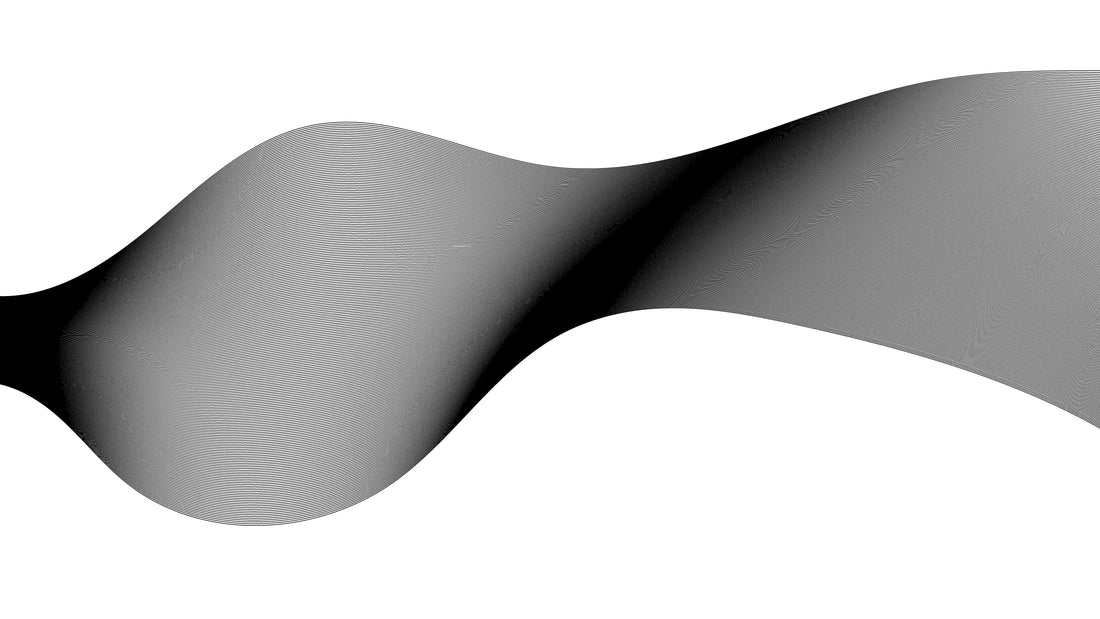
Interior Designer - Jae Lee

In this series, we spotlight emerging designers and artists from around the world who are reshaping creative culture through their unique voices and perspectives. Each interview explores their journey, inspiration, and creative process—while also diving into their involvement with the DeAAt movement.
In this edition, we speak with Jae, a Korean designer whose work beautifully bridges traditional architecture and modern interpretation. Through nine thoughtful questions, we explore how heritage can inspire innovation, what it means to design with cultural purpose, and how creativity can be a form of quiet resistance and shared identity.
1. Can you tell us a bit about yourself and what led you to design?
I’ve always been drawn to the visual world—how something simple like a structure or line can carry emotion, memory, or identity. Growing up in Korea, I was surrounded by traditional art and architecture, but it wasn’t until I started studying design that I realized how underappreciated these elements can be in modern creative conversations. That realization made me want to become a designer who bridges the past and the present.
2. How would you describe your style or creative approach?
My work often explores the balance between tradition and modernity. I like to start with a strong foundation in traditional Korean design—such as the patterns in hanok architecture or the colors found in dancheong—and then reinterpret them through a contemporary lens. It’s about honoring the original while finding new ways to express it.
3. What inspires your work - any particular people, places, or ideas?
Traditional Korean architecture is a big influence—the curved lines of rooftops, the harmony with nature, the intricate joinery. I also draw inspiration from contemporary designers who are unafraid to mix cultures or mediums. I’m always curious about how heritage can evolve without being lost.

4. Can you walk us through a recent project you’re proud of?
Recently, I created a series of posters that reimagine traditional Korean motifs using digital 3D rendering. It was an experiment in visual language—how we can take familiar patterns and textures and give them a new life in virtual space. The response was really positive, especially from younger audiences who said it made them feel more connected to their roots.
5. What does your creative process look like from idea to execution?
It often starts with research—I’ll dive into old architecture books, textile archives, or museum references. Then I sketch, both by hand and digitally, testing compositions that feel balanced but bold. Once the idea takes form, I move into digital tools for refinement, sometimes combining analog textures to keep it grounded.
6. What’s something you’ve learned recently—about design, creativity, or yourself?
I’ve learned that cultural identity isn’t fixed—it’s something you can shape and express in different ways. It gave me permission to experiment more freely and to see tradition not as something rigid but as a living, breathing source of inspiration.
7. Why did you decide to join the movement with DeAAt?
DeAAt's mission resonates deeply with me—it’s about giving voice to underrepresented perspectives in art and design. I saw it as an opportunity to not only share my own work, but also to be part of a larger conversation about how culture and creativity can drive meaningful change.

8. Tell us about the work you created for the DeAAt campaign—what was the idea behind it?
For the campaign, I created a digital collage inspired by hanok structures, layered with contemporary typography and subtle motion elements. It’s a visual metaphor: the stillness of tradition meeting the energy of today. I wanted it to feel both rooted and dynamic.
9. What do you hope people feel or think when they see your contribution to the campaign?
I hope it sparks curiosity—maybe even a little pride for those who recognize the references. More than anything, I want people to feel that tradition isn’t something we archive and forget, but something we can carry forward, reinterpret, and share across cultures.
10. What does creativity mean to you in your life?
For me, creativity is a way of connecting—across time, cultures, and even within myself. It’s how I process the world and express what I sometimes can’t put into words. Creativity allows me to take something rooted in the past and shape it into something meaningful for today. It gives me both freedom and purpose, and it's a daily reminder that I can contribute to something larger than myself.
Name: Jae Lee
Occupation: Interior Designer
Web: www.studiojaelee.com
Email: jae@studiojaelee.com
Instagram: www.instagram.com/studio_jaelee/
